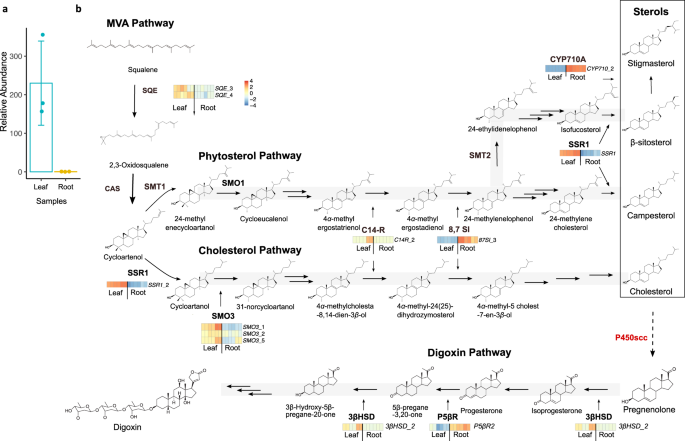2023-07-17 カリフォルニア工科大学(Caltech)

A reconstruction of a single sturgeon scute, close up. Bone-forming cells are marked in magenta.Credit: Courtesy of J. Stundl
◆最新の研究では、チョウザメを用いて、骨性スキュートの発達には特定の幹細胞集団である幹性神経堤細胞が関与していることが明らかになった。これにより、脊椎魚類の成功につながる骨の防護装甲は、この幹細胞によって形成されることが示された。将来的には、個別の治療法の開発にも役立つかもしれない重要な進化発生生物学の質問に答える手がかりとなる。
<関連情報>
- https://www.caltech.edu/about/news/how-fish-evolved-their-bony-scaly-armor
- https://www.pnas.org/doi/abs/10.1073/pnas.2221120120?af=R
古代の脊椎動物の真皮の鎧は体幹の神経堤から進化した Ancient vertebrate dermal armor evolved from trunk neural crest
Jan Stundl, Megan L. Martik, Donglei Chen, Desingu Ayyappa Raja, Roman Franěk, Anna Pospisilova, Martin Pšenička, Brian D. Metscher, Ingo Braasch, Tatjana Haitina , Robert Cerny, Per E. Ahlberg, and Marianne E. Bronner
Proceedings of the National Academy of Sciences Published:July 17, 2023
DOI:https://doi.org/10.1073/pnas.2221120120
Significance
The body of early vertebrates was covered from the head to tail with extensive dermal armor, comprised of dentin and bone. There has long been controversy over whether this armor arose from the neural crest, mesoderm, or both. Since odontoblasts (dentin-producing cells) are exclusively neural crest derived, we probed the developmental origin of the bony component of the dermal armor in the sterlet sturgeon, an early branching lineage of ray-finned fishes. Here, we show that trunk neural crest of the sterlet gives rise to osteoblasts, producing the bone of the scutes. Together, our results support a primitive skeletogenic role for the neural crest along the entire body axis, that was later progressively restricted to the cranial region during vertebrate evolution.
Abstract
Bone is an evolutionary novelty of vertebrates, likely to have first emerged as part of ancestral dermal armor that consisted of osteogenic and odontogenic components. Whether these early vertebrate structures arose from mesoderm or neural crest cells has been a matter of considerable debate. To examine the developmental origin of the bony part of the dermal armor, we have performed in vivo lineage tracing in the sterlet sturgeon, a representative of nonteleost ray-finned fish that has retained an extensive postcranial dermal skeleton. The results definitively show that sterlet trunk neural crest cells give rise to osteoblasts of the scutes. Transcriptional profiling further reveals neural crest gene signature in sterlet scutes as well as bichir scales. Finally, histological and microCT analyses of ray-finned fish dermal armor show that their scales and scutes are formed by bone, dentin, and hypermineralized covering tissues, in various combinations, that resemble those of the first armored vertebrates. Taken together, our results support a primitive skeletogenic role for the neural crest along the entire body axis, that was later progressively restricted to the cranial region during vertebrate evolution. Thus, the neural crest was a crucial evolutionary innovation driving the origin and diversification of dermal armor along the entire body axis.


